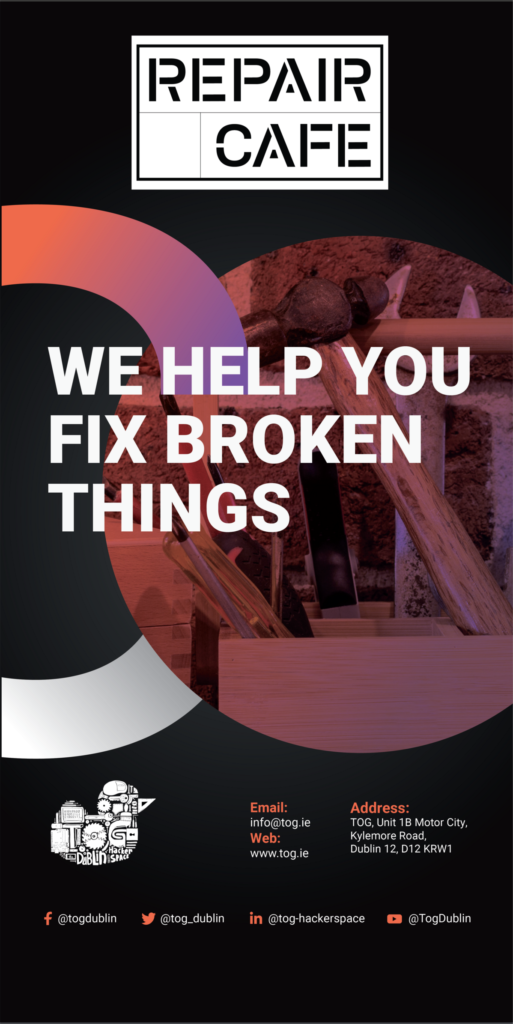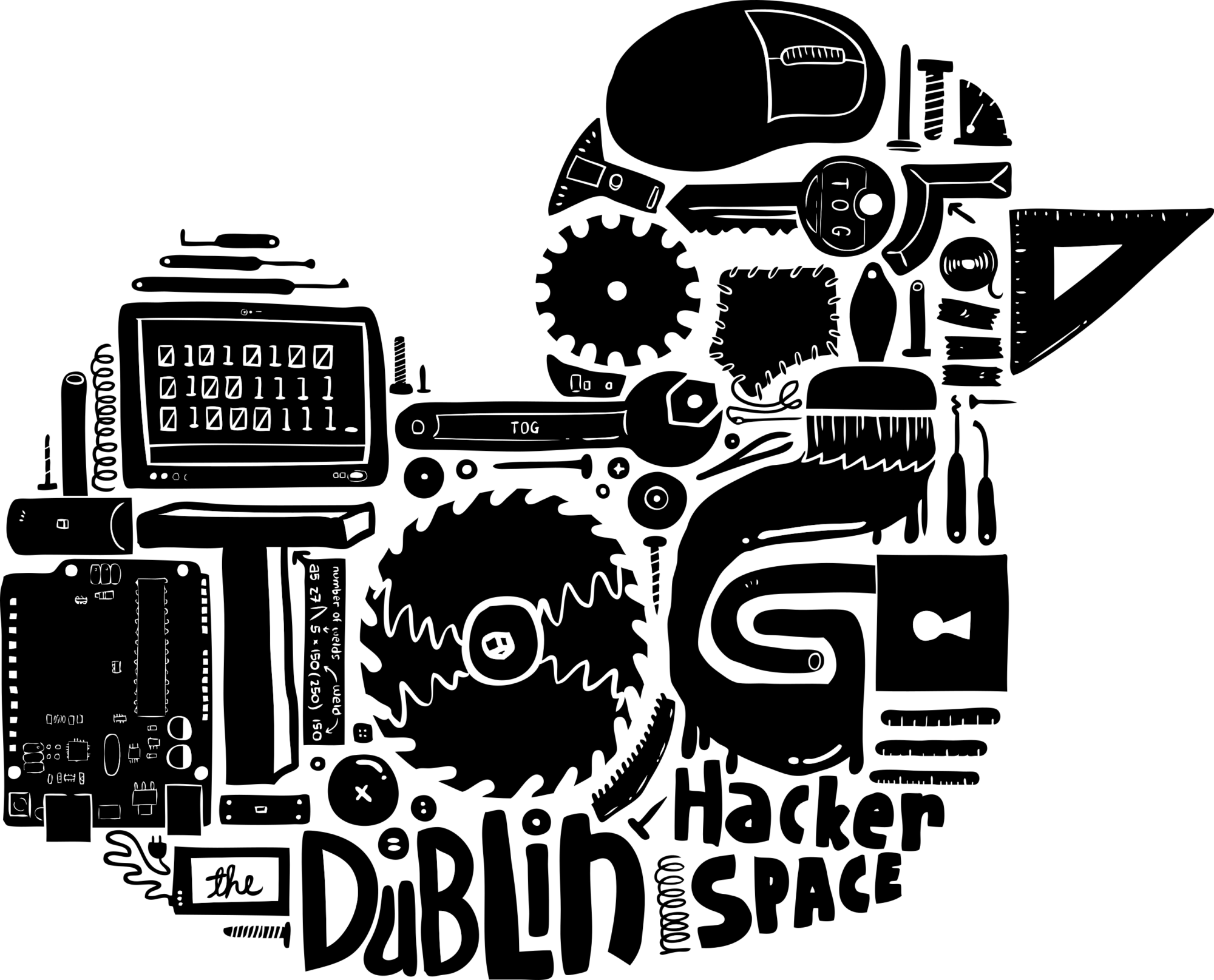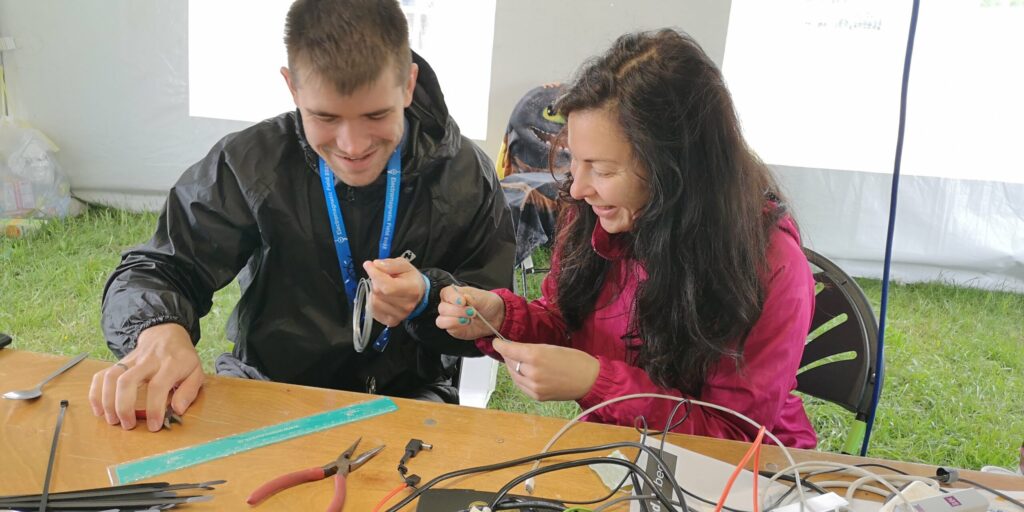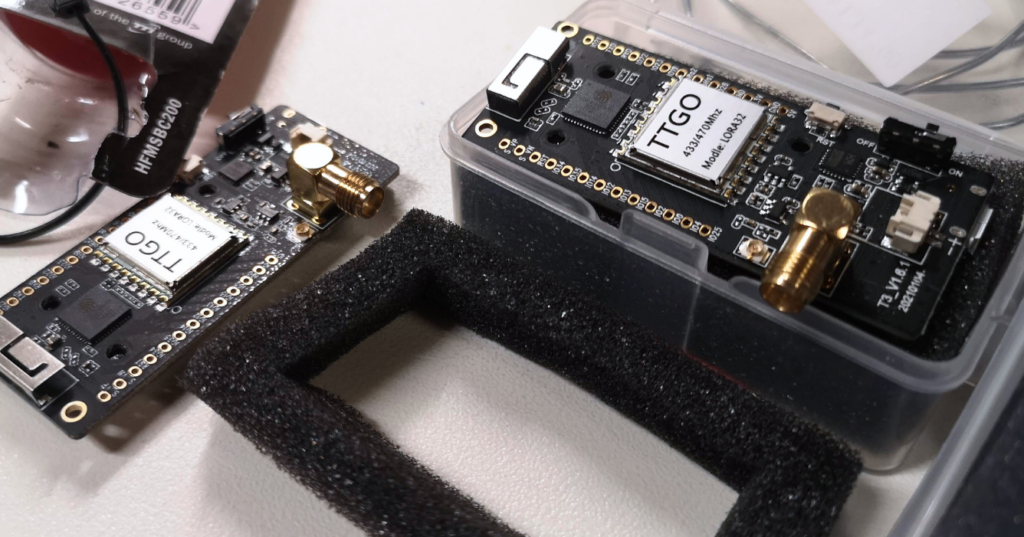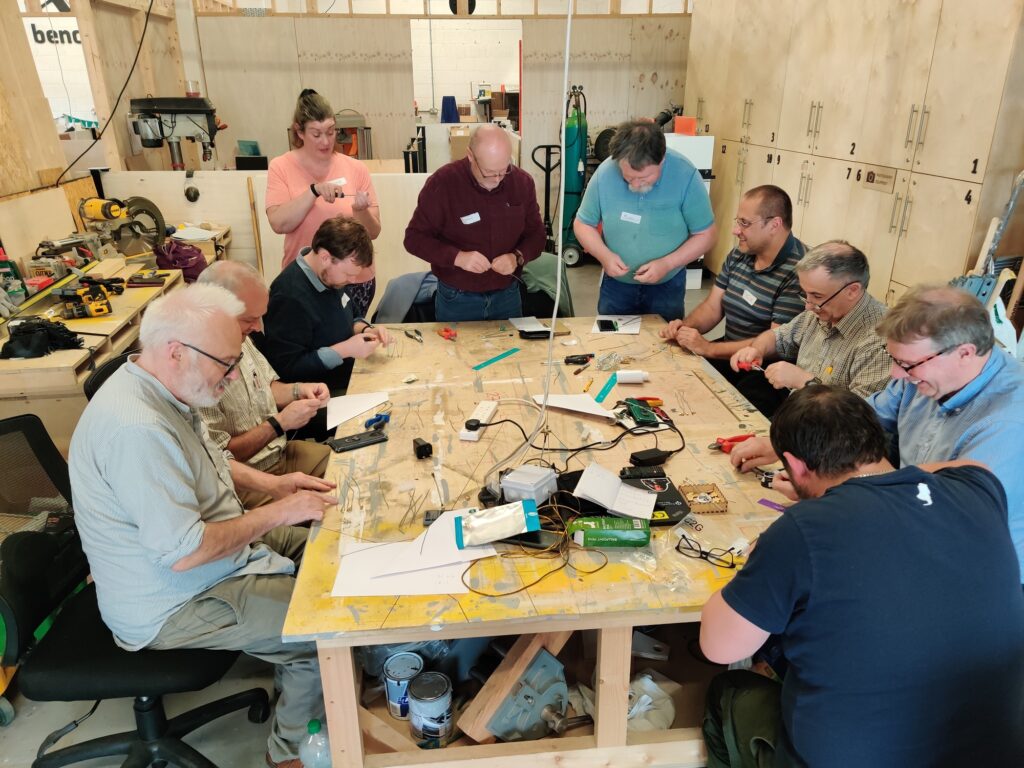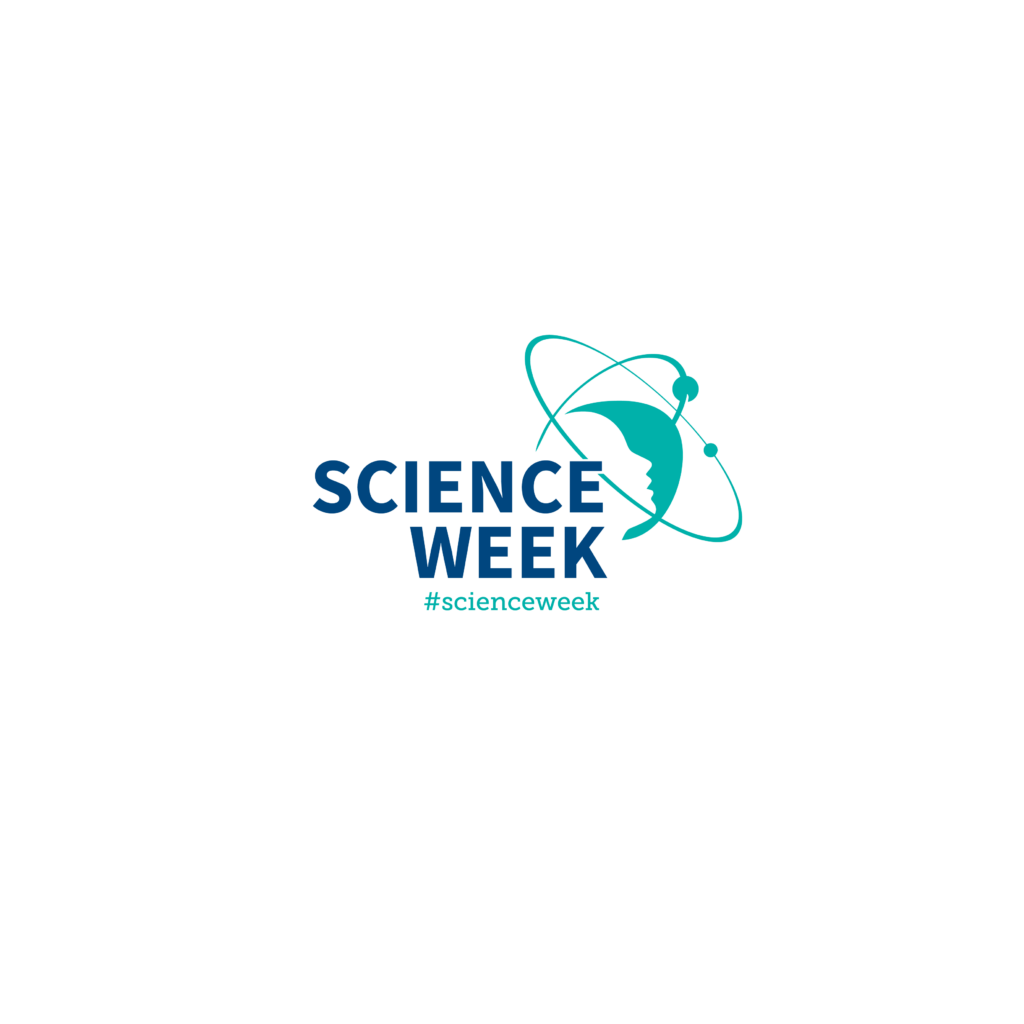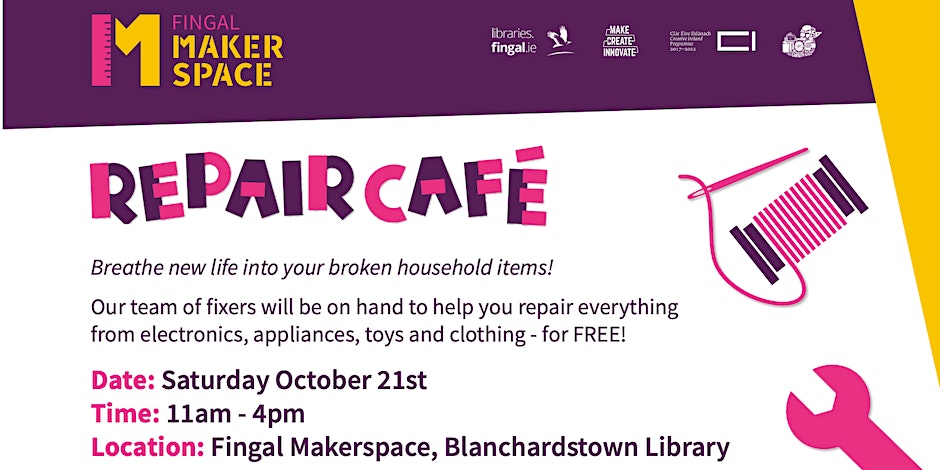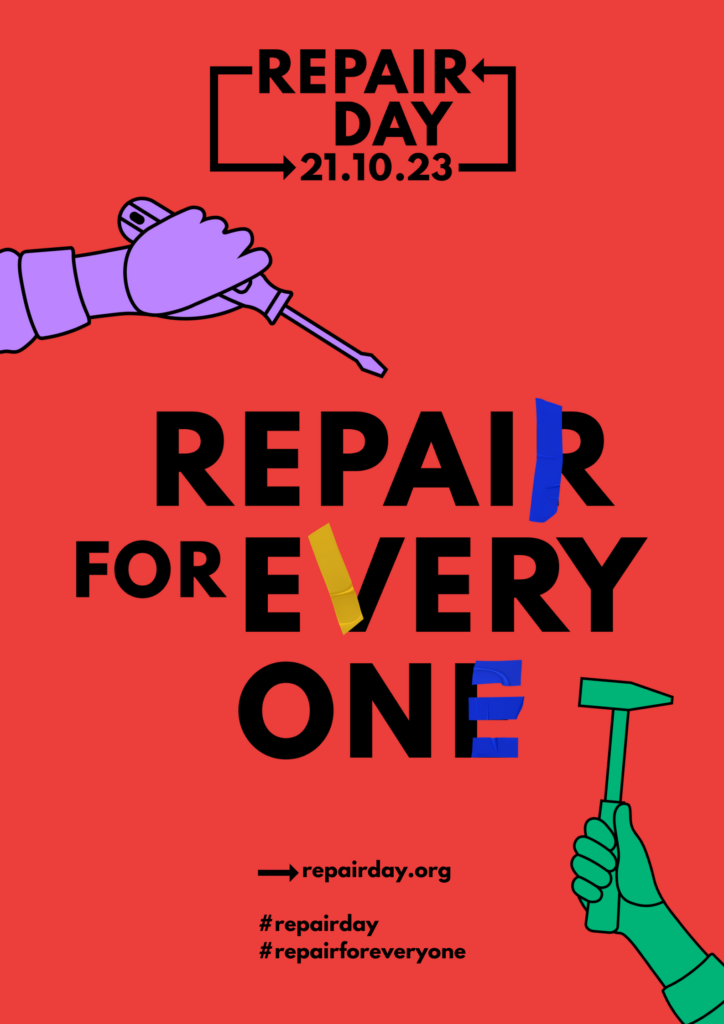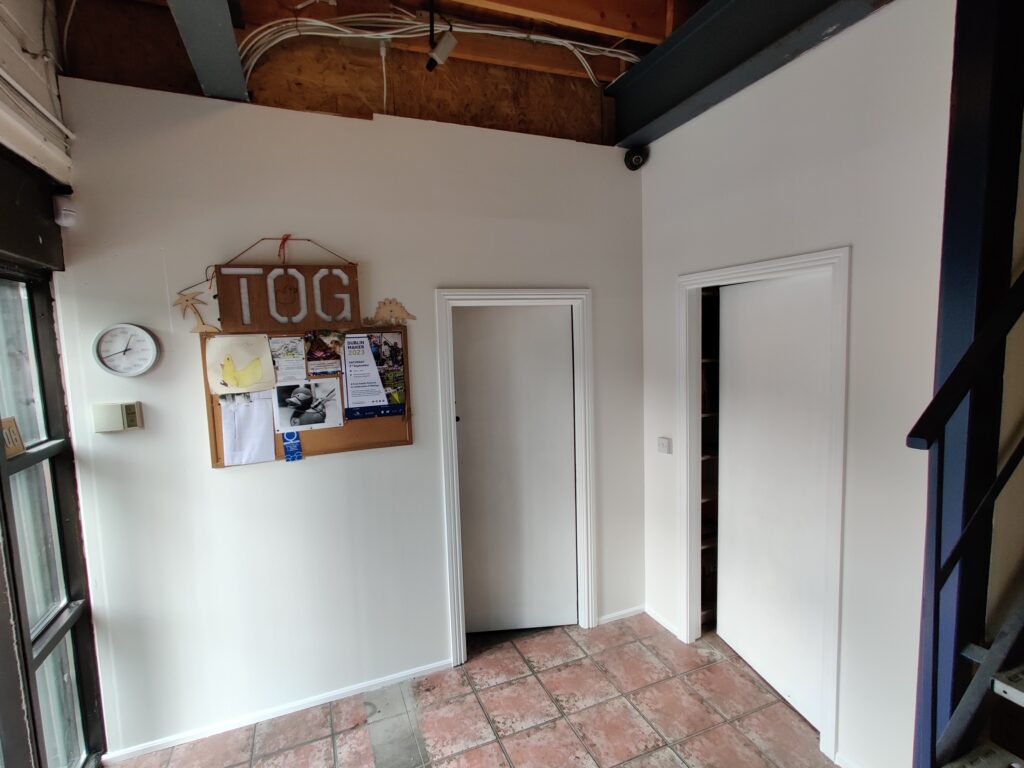
Do you have broken items at-home – clothes, small appliances, toys, electronics?
No need to throw them away!
Save your things from the landfill and your wallet from having to replace them.
Bring them to our repair café and learn how to fix them together with our volunteers. We have tools, materials, space to work on your item, and repair experts who will help you with your repair.
Our next repair cafe takes place as part of the Beta Festival. Beta is a new festival of art and technology critically engaging with the impact of emerging technologies on society. Taking Ireland’s role as a central node in today’s wired world as a starting point, Beta will showcase and celebrate Ireland’s research and artistic communities through a combination of creativity, debate and experimentation.
The festival will take place November 2nd – 5th 2023 with the exhibition that opens as part of it continuing in The Digital Hub and the National College of Art and Design (NCAD) for a further two weeks until November 19th.
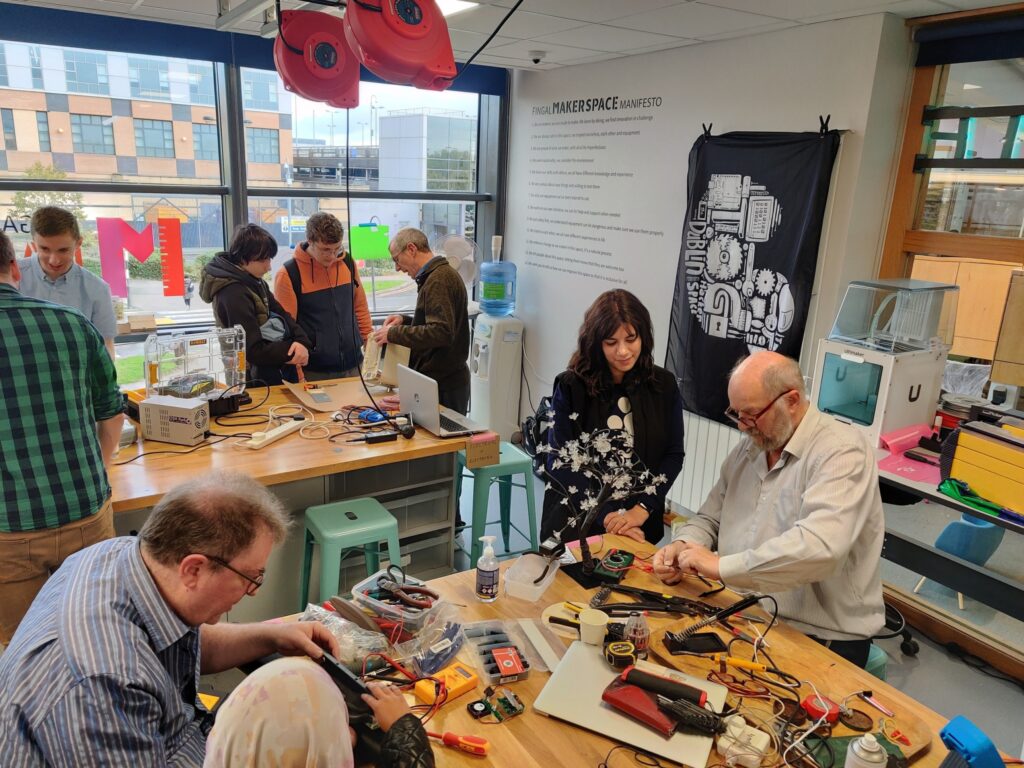
A repair cafe is a community gathering place where people can bring their broken items, such as appliances, clothing, bicycles, or electronics, to be repaired by skilled volunteers for free. The idea behind repair cafes is to promote sustainability and reduce waste by encouraging people to repair and reuse their belongings instead of throwing them away.
At a repair cafe, visitors can learn how to repair their items themselves or watch and learn from the volunteers. Repair cafes also offer a social atmosphere where people can connect with others who share their interest in repairing, reducing waste, and promoting sustainability.
Our passionate team of skilled volunteers will be on hand to help you fix everything from electronics and appliances to furniture and clothing, all while sharing valuable repair skills and promoting a sustainable lifestyle.
At our Repair Café , you can:
- Learn essential repair techniques from our expert makers and volunteers
- Discover the joy of fixing things and reducing waste in a collaborative, community-focused environment
- Connect with like-minded individuals who are passionate about sustainability and the maker movement
So grab your broken treasures and join us for a day of mending, learning, and connection at Tog Hackerspace Repair Café in the Digital Hub. Together, we can build a more sustainable future and celebrate the power of repair!
If we can’t fix your items, we will do our best to make suggestions on where to get spare parts or the best recycling options for you to continue your journey of repair.
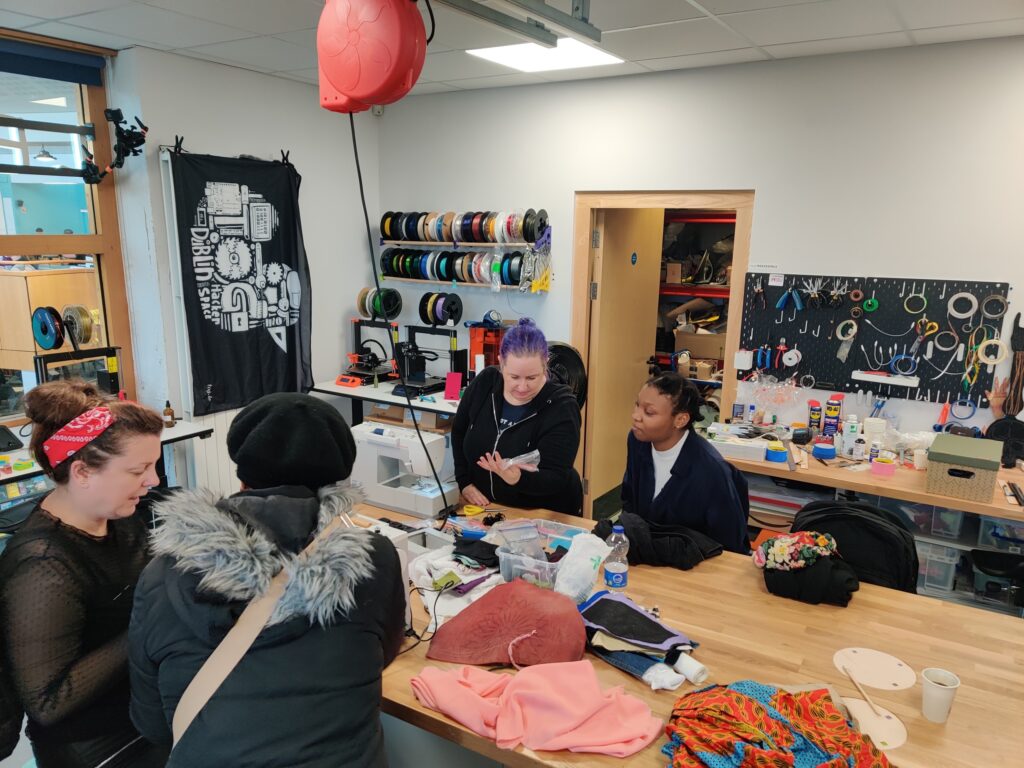
What objects can you bring in?
- Clothes and accessories
- Toys
- Small electrical appliances and electronics
- Small furniture
… and many other things!
Safety (PAT) testing for electrical devices will be available.
Where? – iD8 Studio at The Digital Hub, 0-13 Thomas St, The Liberties, Dublin 8, D08 EY05, Map Here
When? – Sunday, November 5th, 12 pm – 3 pm
Admission is free – all are welcome!
If you would like to be a fixer, drop us an email.
